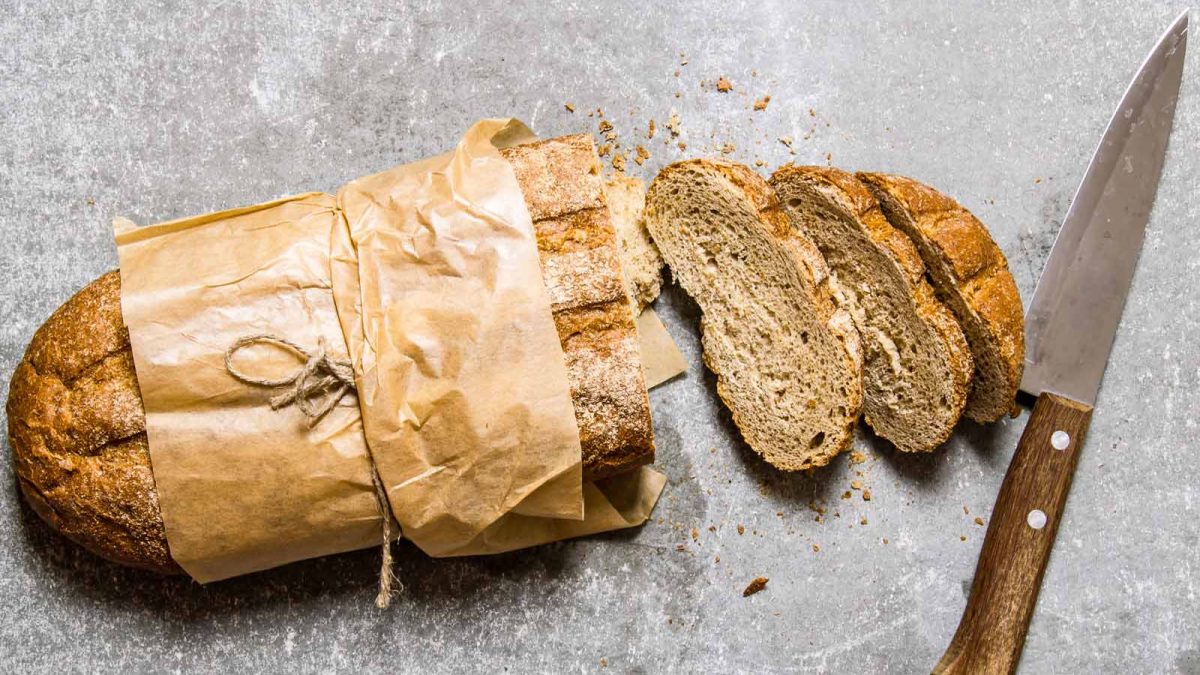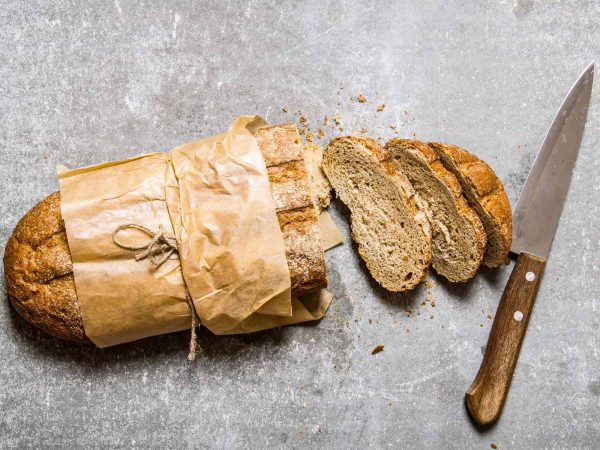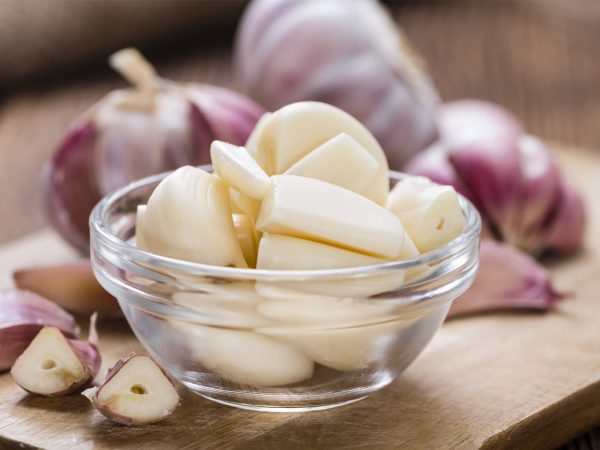14 Causes of Candida Infection
If you’re like most people, you’re eating a diet that promotes Candida.
In fact, with its reliance on carbohydrate and sugar, the Standard American Diet creates the perfect environment for candida overgrowth.
Key Causes of Candida Overgrowth
- High sugar diet / processed foods: Yeast thrives on sugar. And a high carb/high sugar/grain-based diet is one of the primary causes of candida. To get your flora back in balance a candida diet that’s low in sugar and low glycemic and made from fresh, unprocessed foods is essential.
- Copper deficiency: Copper is a potent yeast-fighting mineral found in seafood, organ meats, nuts, seeds and beans. In fact, copper is so effective at killing yeast and molds, it is used on crops, in drinking water and in swimming pools and hot tubs for the control of molds and yeast. But according to the International Copper Association at least 20% of us deficient due to our highly processed diet.
- Sodium/Potassium imbalance: Blame those processed foods again! Most of us are getting way too much sodium and too little potassium. This imbalance is one of the causes of candida overgrowth. Get back in balance with fresh, whole foods that are rich in potassium and healthy mineral-rich sea salt.
- Mold-containing foods: For most people, foods containing or produced with mold (like cheeses, vinegar, beer, etc.) are harmless. But when you have an overgrowth of Candida albicans, these foods feed the yeast – making it thrive while you suffer. A mold-free diet is vital to getting back in balance.
- Antibiotics: Pharmaceutical antibiotics kill the good and bad bacteria indiscriminately. And that’s a bad thing, because the friendly flora in your gut help to keep Candida levels in check. And remember, antibiotics aren’t just administered by prescription – they’re also found in factory farmed meats and dairy, as well as farmed-raised fish. Antibiotic use is one of the key causes of candida overgrowth.
- Pesticides: The structure of pesticides is very similar to the structure of the hormone estrogen. Its hormone-like activity feeds Candida.
- Oral contraceptives and steroids: These hormones also upset the balance of intestinal flora, shifting the environment to a Candida-friendly one. Steroids also affect copper metabolism.
- Antacids and ulcer medications: Reducing stomach acid can encourage Candida growth. Because copper requires stomach acid, antacids also reduce the absorption of this yeast –fighting mineral.
- Alcohol: Alcohol is composed of the favorite foods of yeast – fermented and refined sugar.
- Smoking: Nicotine also feeds Candida. And smoking reduces levels of nutrients vital to your immune system, helping to give this opportunistic fungus the leeway to take hold.
- Pregnancy: Like oral contraceptives and steroids, pregnancy can also upset the intestinal flora balance. That’s no reason not to become pregnant of course, but it is something to keep in mind during and after.
- Diabetes: High blood sugars levels make the mucous membranes within your body more “sugary” – a perfect environment for yeasts to grow. Diabetes also compromises the immune system, reducing the body’s ability to fight off Candida overgrowth.
- Low Immune Function: A healthy immune system is essential to prevent any pathogen – including Candida – from taking hold.
- Food allergies / intolerances: Food allergies and intolerances cause gastrointestinal disturbances that promote Candida. They also call in the immune system to fight off the offending allergens. With your immune cells hard at work on food allergens, Candida has an opportunity to take over.
Putting An End To Your Candida Symptoms
While fighting Candida is not easy or quick, it is essential to both your short term and long term health.
Here at Healing Gourmet, you can discover the easy-to-follow method of eliminating those foods and substance that promote Candida overgrowth while adding in powerful fungus-fighting foods, herbs, spices and supplements. We’ve even created and entire section of Candida recipes… just for you! And here are a few articles to get you started on your path to wellness:




Leave a Reply